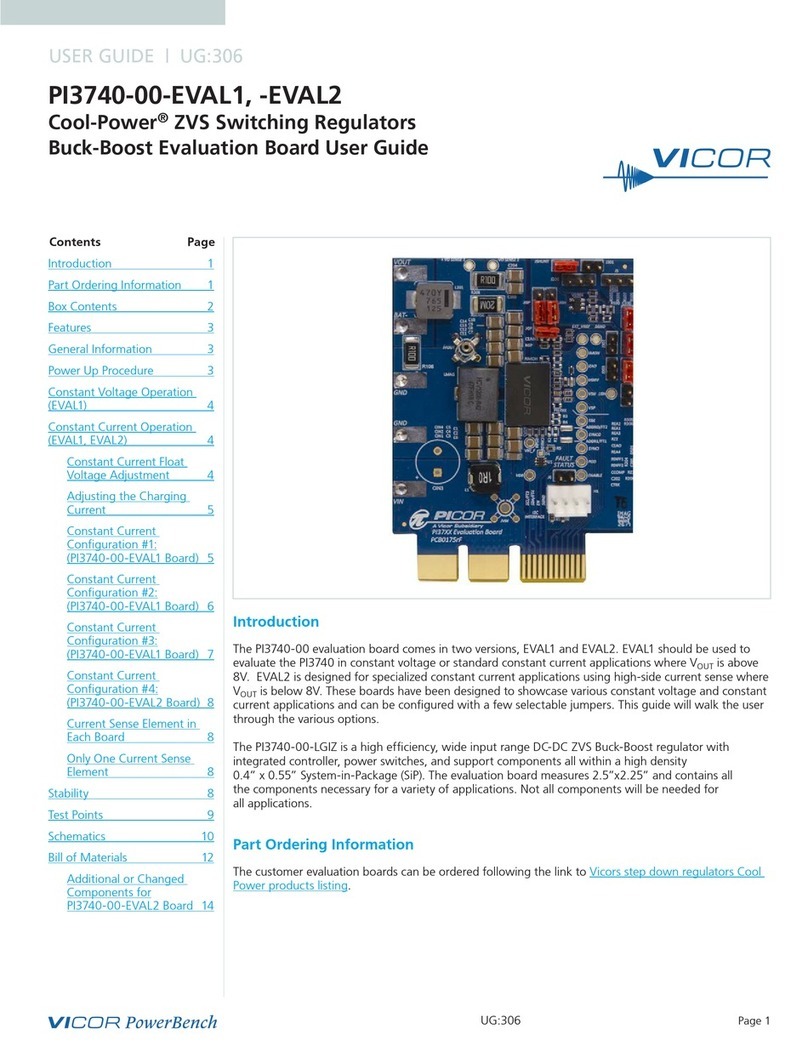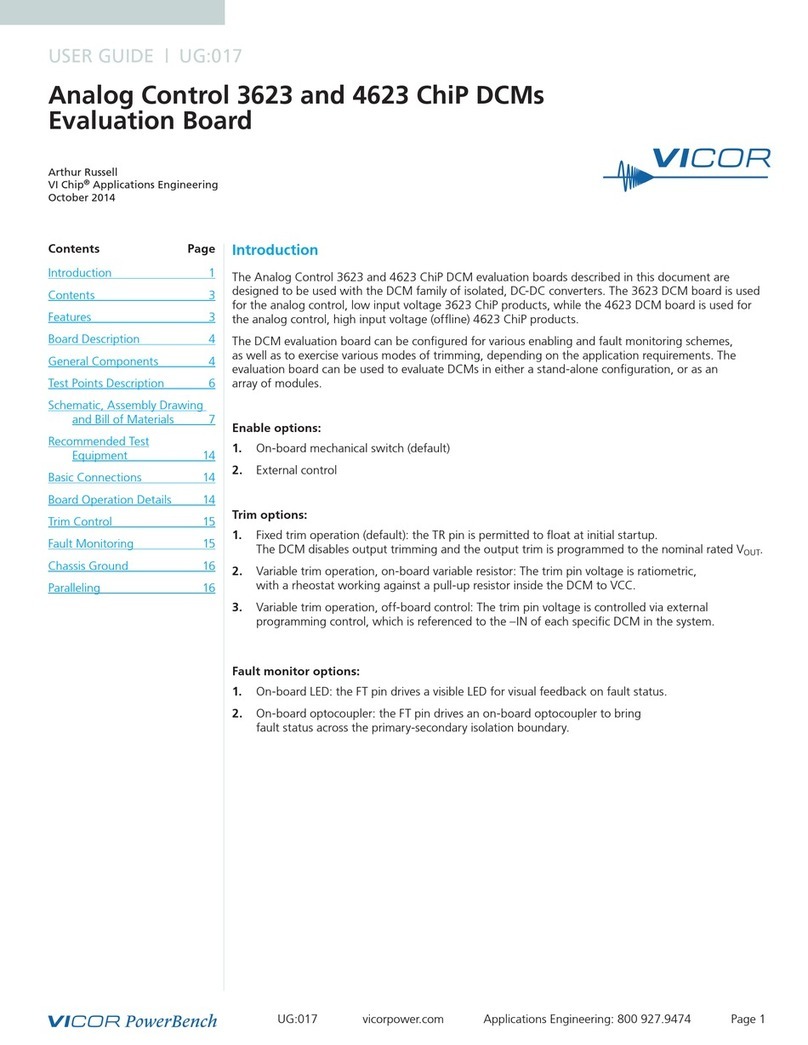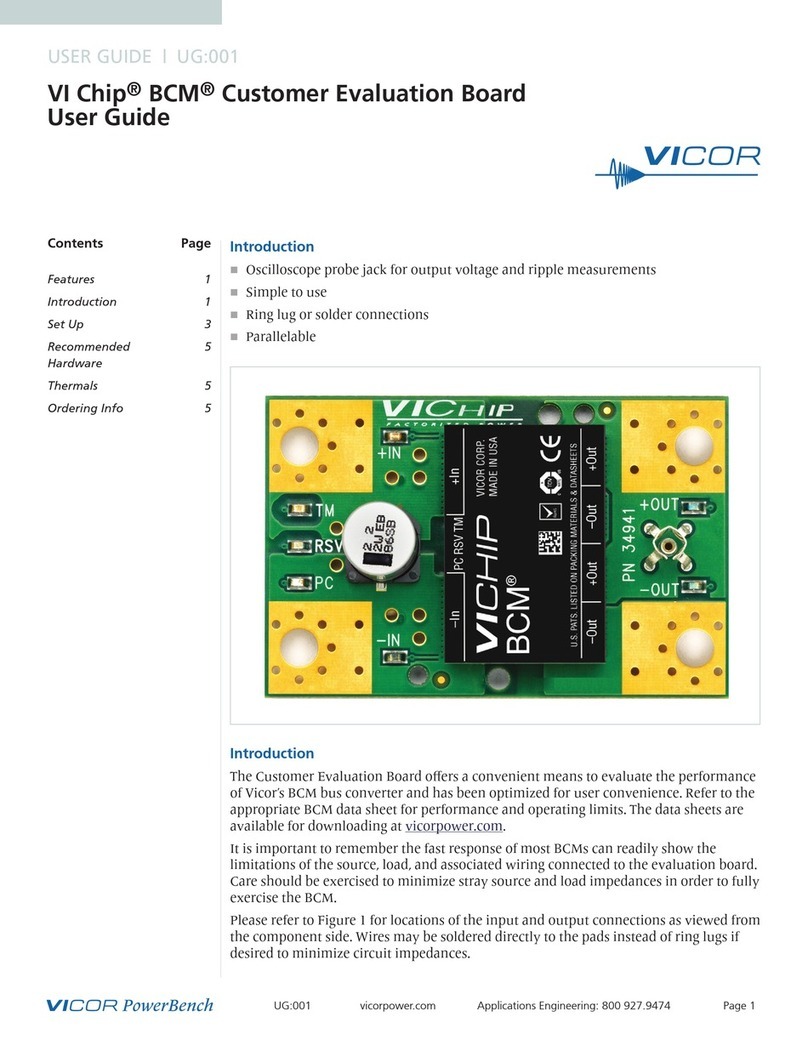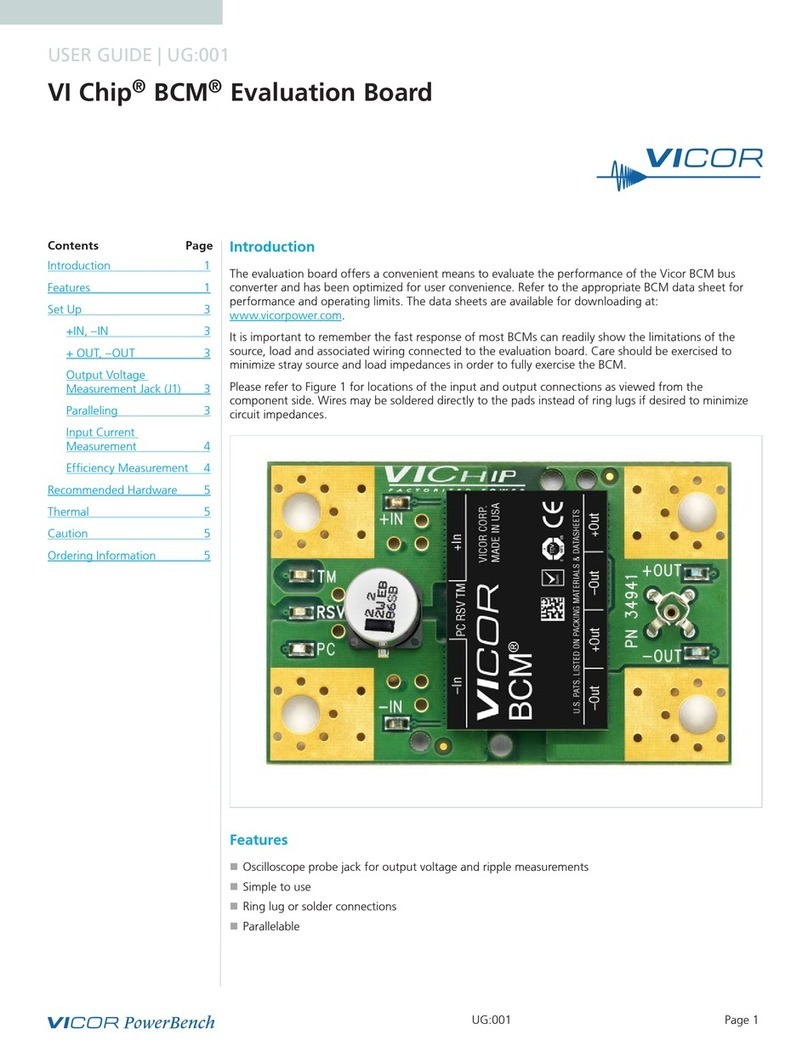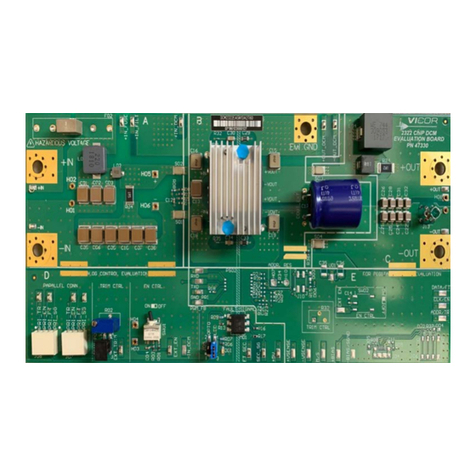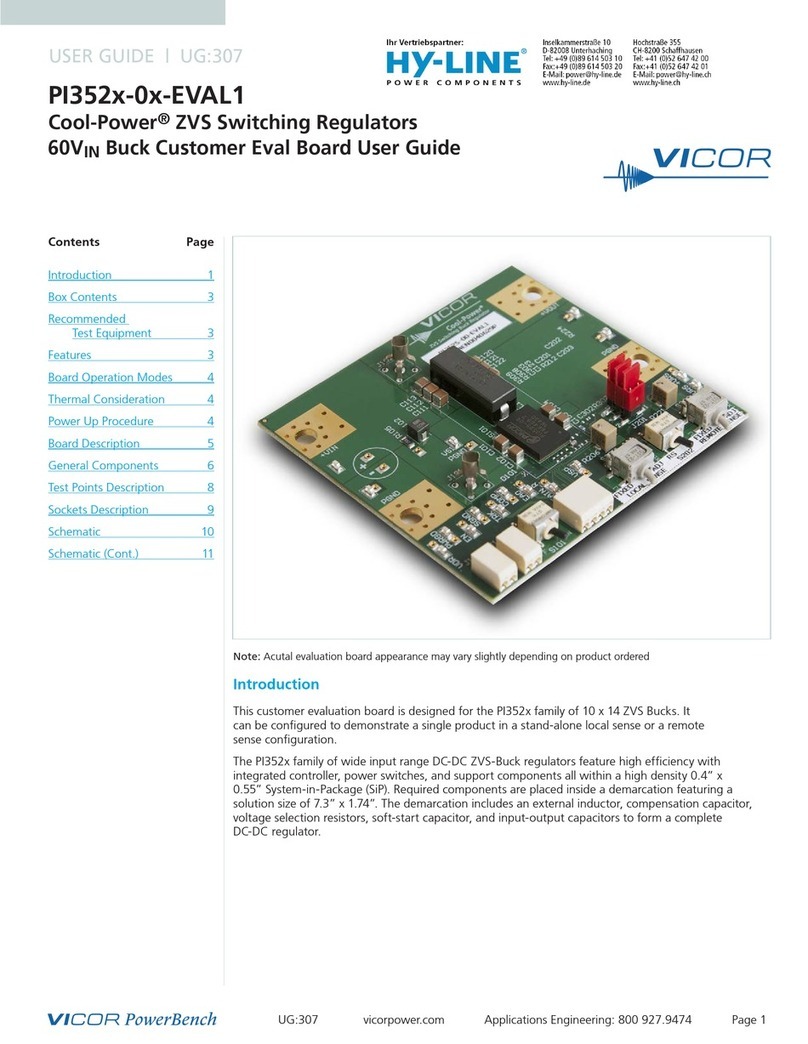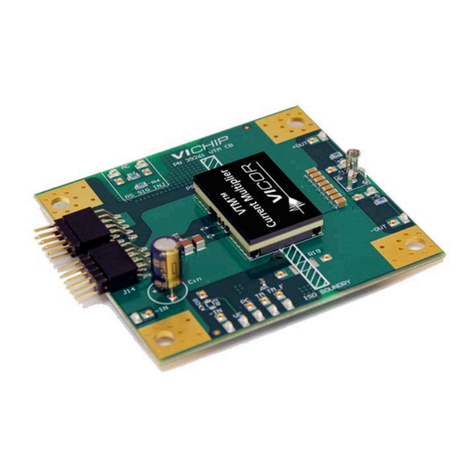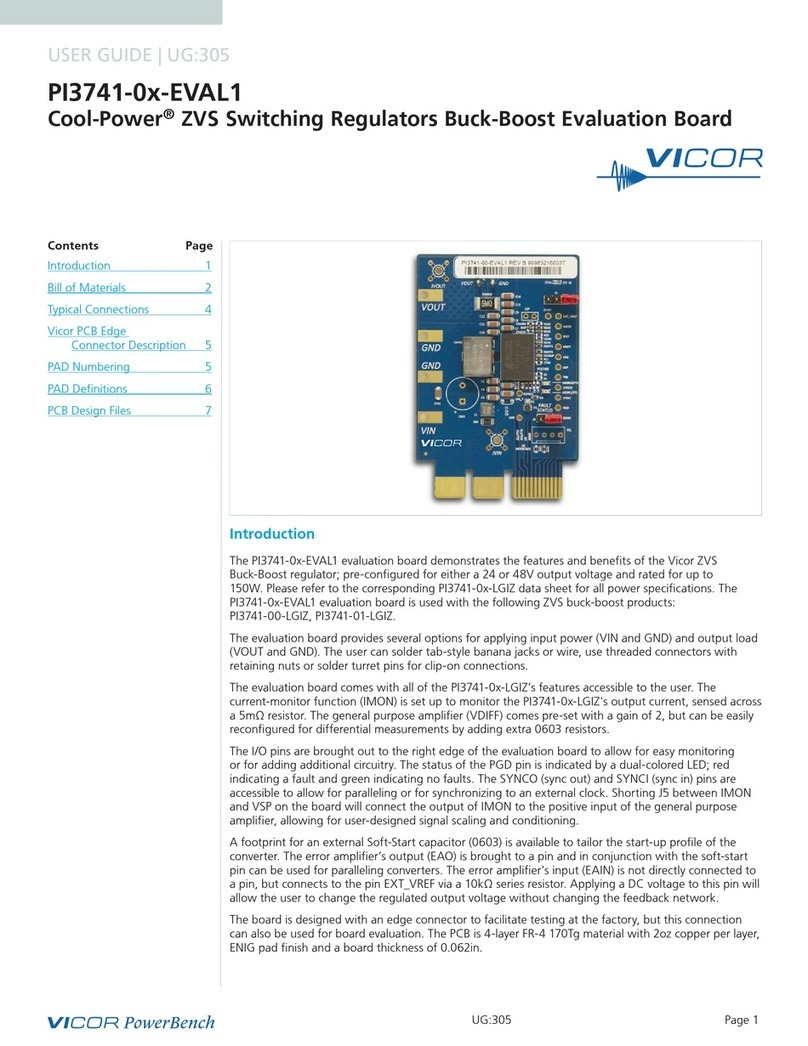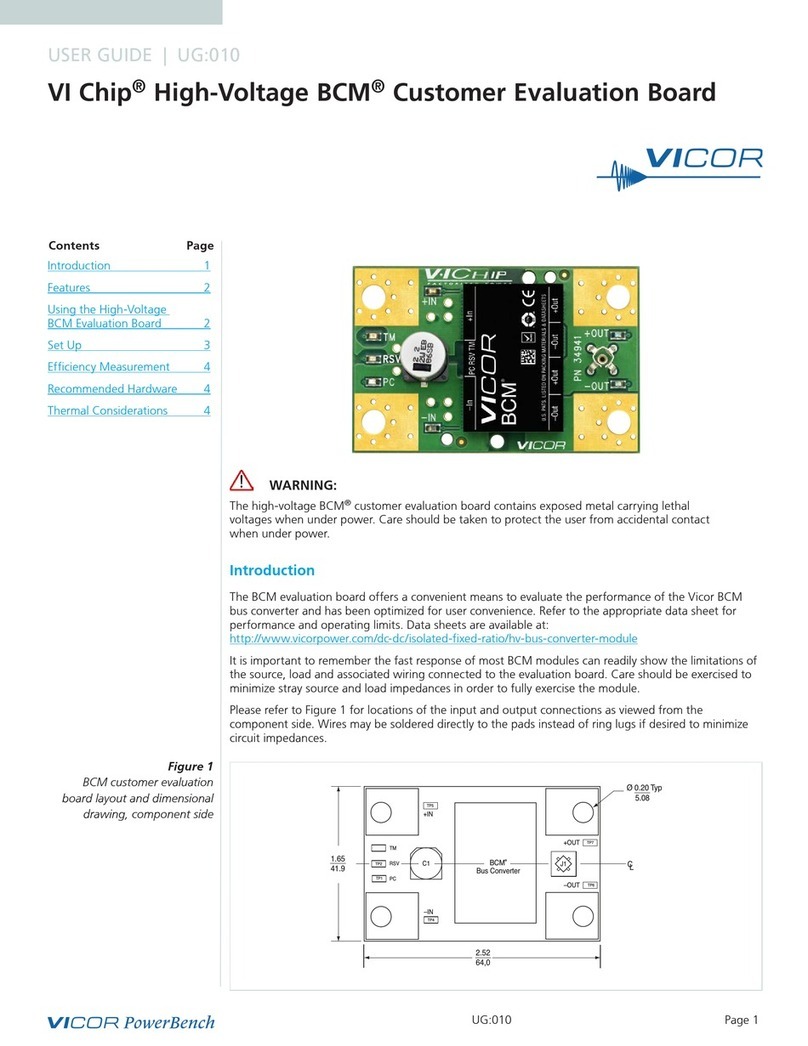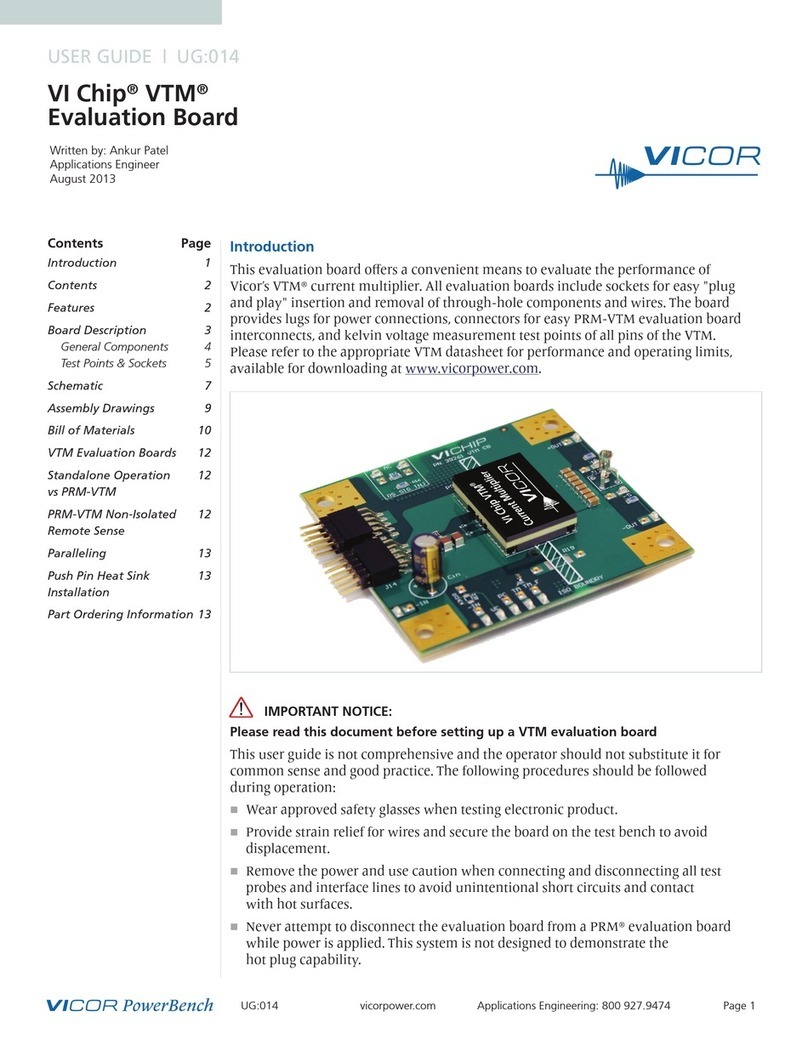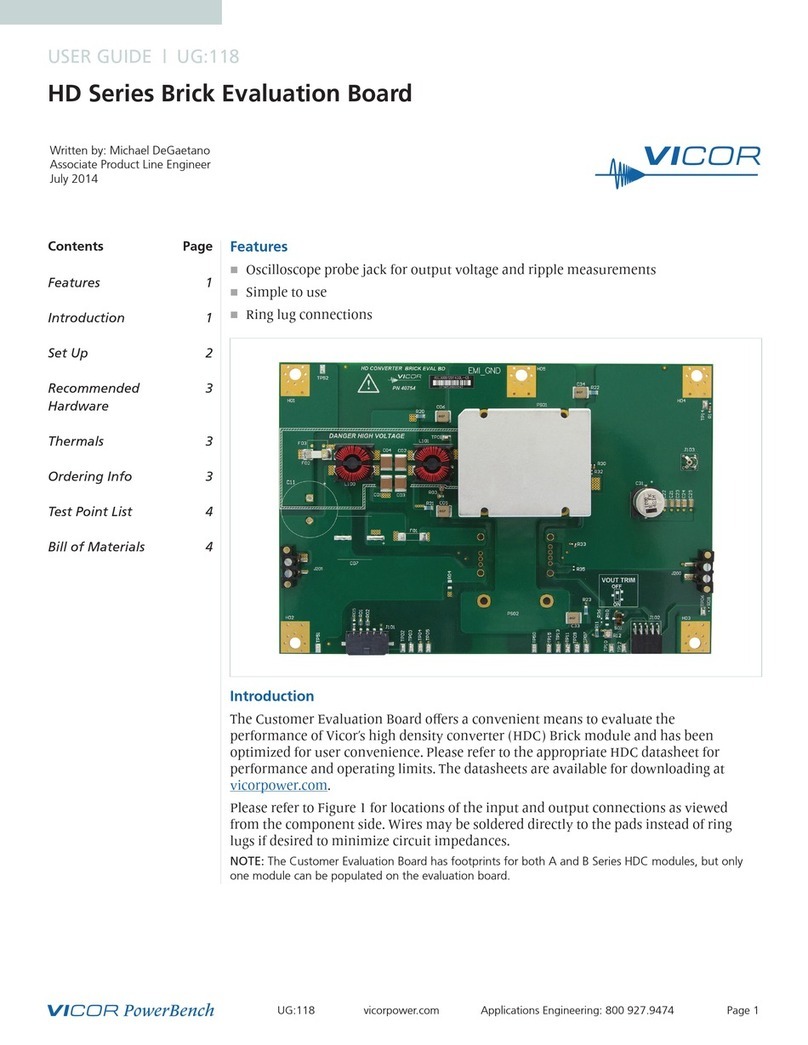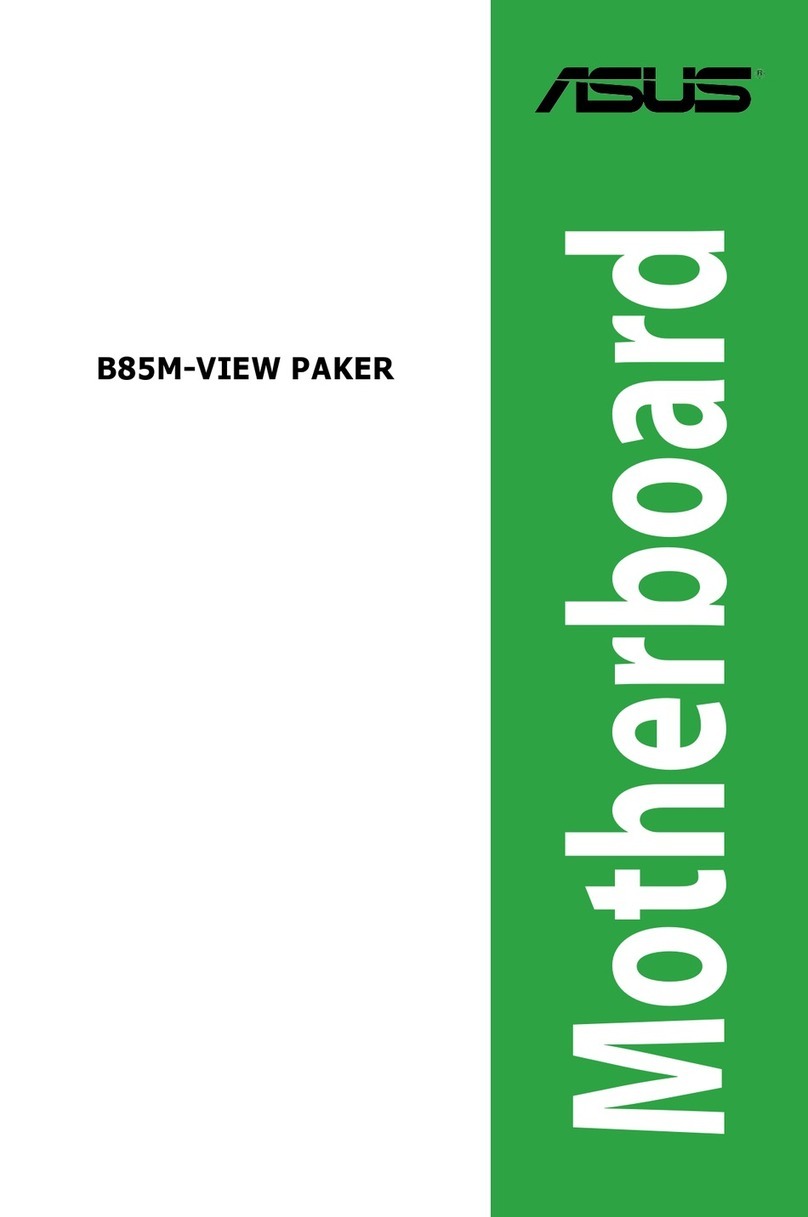
UG:801 Page 2
IMPORTANT NOTICE:
Read the precautions below entirely BEFORE using the VITA62 3U Evaluation Board. Do not operate
the evaluation board unless you have the appropriate safety precautions in place on your bench to
guarantee safety.
The list below is not comprehensive and is not a substitute for common sense and good practice.
n The evaluation platform is capable of accepting both 270VDC and 28VDC power supplies. By default,
the evaluation platform is assembled to accept 28V power supplies. In order to accept 270V supplies,
the appropriate guide pin needs to be rotated to accept 270V supplies. It is not recommended
to remove guide-pins to for ease of plugging either 28V or 270V power supplies into the board.
Applying 270V power to a 28V power supply will cause permanent damage to the 28V power supply
and can damage the evaluation board.
n During operation, the power devices and surrounding structures can be operated safely at
high temperatures.
n Remove power and use caution when connecting and disconnecting test probes and interface lines to
avoid inadvertent short circuits and contact with hot surfaces.
n When testing electronic products always use approved safety glasses. Follow good laboratory practice
and procedures.
n Care should be taken to protect the user from accidental contact when under power.
n Care should be taken to avoid reversing polarities if connecting to the opposite (solder)
side of the board.
n The product evaluation boards described in this document are designed for general laboratory
evaluation and are not suitable for installation in end-user equipment.
n Refer to the specific system data sheet for electrical, thermal and mechanical product details.
Contents
The evaluation board demo assembly ships with the following contents:
n 1 x VTA62 3U evaluation board
Features
The VITA62 3U evaluation board has the following features:
1. Repositionable guide pins to accept both 28V and 270V power supply models.
2. BNC connectors to measure all input and output power signals.
3. Basic ceramic filtering 10µF + 0.1µF on all outputs and 1µF + 0.1µF ceramic filtering on the input.
4. Test points for all control and address signals.
5. Jumpers to enable, inhibit and set the power supply addresses.
6. DB-9F I2C communication ports for each I2C channel.
7. Kelvin sensing for VS1, VS2 and VS3 remote sense pins.
8. Headers to directly accept Total-Phase Aardvark I2C Adapter or Total Phase Beagle on each I2C port.
9. Test points and 4-40 screw posts for monitoring and loading outputs
10. Multiple evaluation platforms can be paralleled to evaluate paralleling of power supplies of the
same model.
11. Sample Python software to communicate with the power supply using I2C.
Recommended Parts for I2C Communication and Debugging (not included)
1. Aardvark™ I2C/SPI Host Adapter, Total Phase Part Number: TP240141
2. Beagle™ I2C/SPI Protocol Analyzer, Total Phase Part Number: TP320121
3. Computer operating system: Windows 7, 8, 8.1, 10 (preferred) or macOS®10.7 – 10.14 or Ubuntu,
Fedora, SuSE, Red Hat.
Table 1
Evaluation board Part Number Description
VIT3UDCTEST01 VITA62 3U evaluation board for 28VDC and 270VDC systems
